Media | Articles
Your definitive Volvo 240 buyer’s guide
For a nearly 20-year run, the world’s college professors, newly-minted teenage drivers, and secret Scandinaviophiles were gifted with a perfectly rectilinear, absolutely safe, and surprisingly affordable go-to automobile. The Volvo 200 series (which began production as a 1975 model and left the showroom in 1993) was never intended to ascend to iconic status, and some enthusiasts might be puzzled that such a dowdy, anti-styled, modestly-powered vehicle was able to rise to the much-adored status that it achieved.
The impact of the 200 Series—known more popularly as the 240—is undeniable. First a novelty, then a kind of anti-status status symbol, and finally a cult figure, this humble Volvo continues to be revered. People love the 240 both in stock form as well as modified with something a little more racy.
With the newest Volvo 240 now 25 years old, and the earliest incarnations heading into their 40s, examples are starting to show up on the collector car radar. Easy to work on and with reliable, and simple mechanicals, the 200 family is lining up alongside similarly-sized Mercedes-Benz models of the same era as an inexpensive introduction to classic European ownership. According to our data, first-year coupes top out at $10,000 for a museum-quality piece, while wagons and sedans are thousands cheaper.
How do you choose the best of the many iterations of this classic Volvo, based on your preferred balance of power, practicality, and driving pleasure? And how do you avoid the common problem spots and known issues with the 240 itself? We reached out to some of the most respected Volvo specialty shops to get the lowdown on what to look for when buying this celebrated box.
Throw a pebble, hit a Volvo 240
Marketplace
Buy and sell classics with confidence
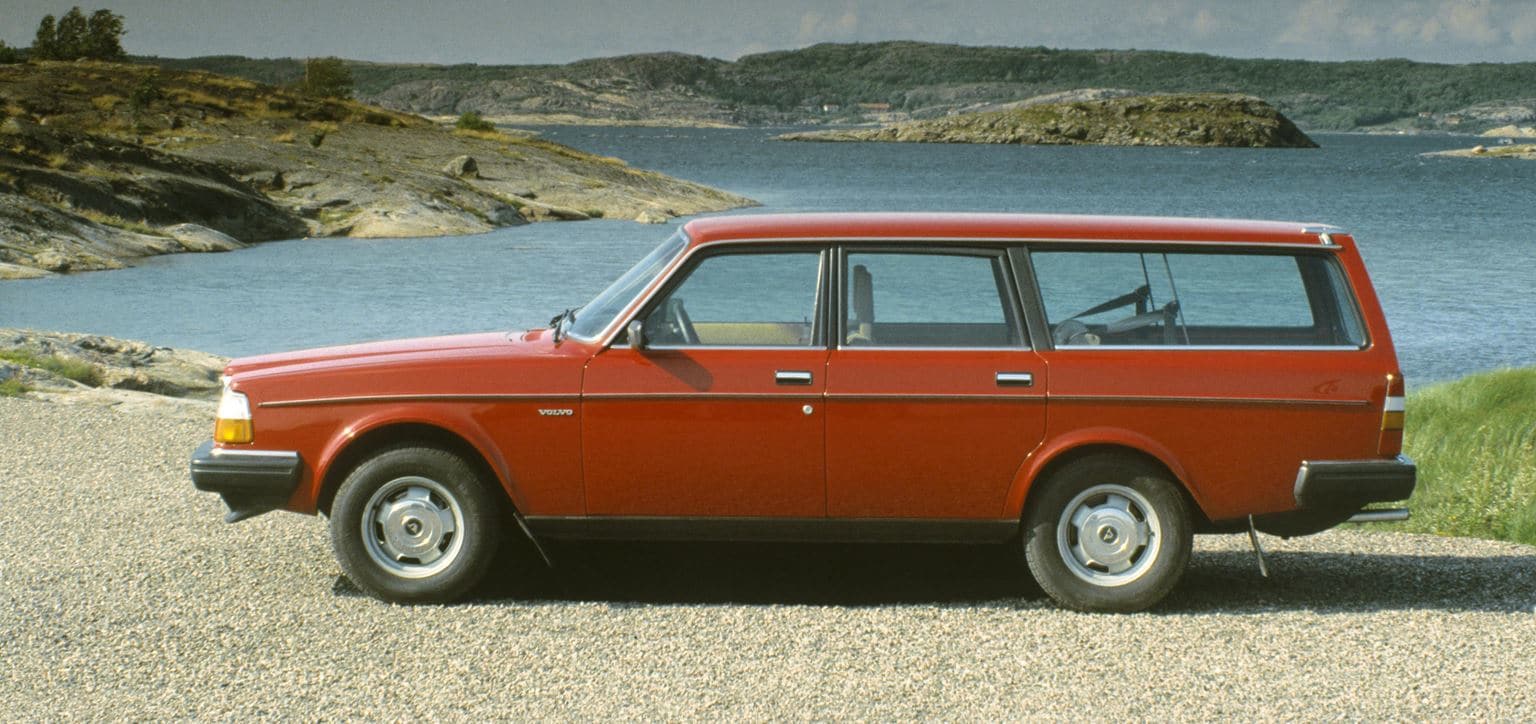
Globally, the Volvo 240 is far from a rare vehicle. There were over 2.8 million models built using the 240 designation over its entire run, with a further 177,000 nearly-identical 260s produced during the same period. A substantial number of those made their way across the Atlantic from the cars’ primary production base in Sweden, helping it become (for a sizable stretch of time) perhaps the most common European car in America not wearing a Volkswagen badge.
The best way to break down the different flavors of 240 is by body style. There are two-doors (242), four-doors (244), and wagons (245), with the latter two in continuous production from the start in 1975 to the model’s honorable exit in 1993. Until 1983, vehicle badges reflected the 242, 244, and 245 internal designations, but afterwards Volvo moved to a generalized 240 appellation followed by the lettered trim level (i.e. 240 DL or 240 GLT). The two-door model expired in 1984.
The contemporary Volvo 260 used the same platform as the 240, instead using a V-6 engine in place of the 240’s four-cylinder. The 260 was available until 1982 when it was officially replaced by the Volvo 700 series (although the 265 wagon would linger for a few years after that).
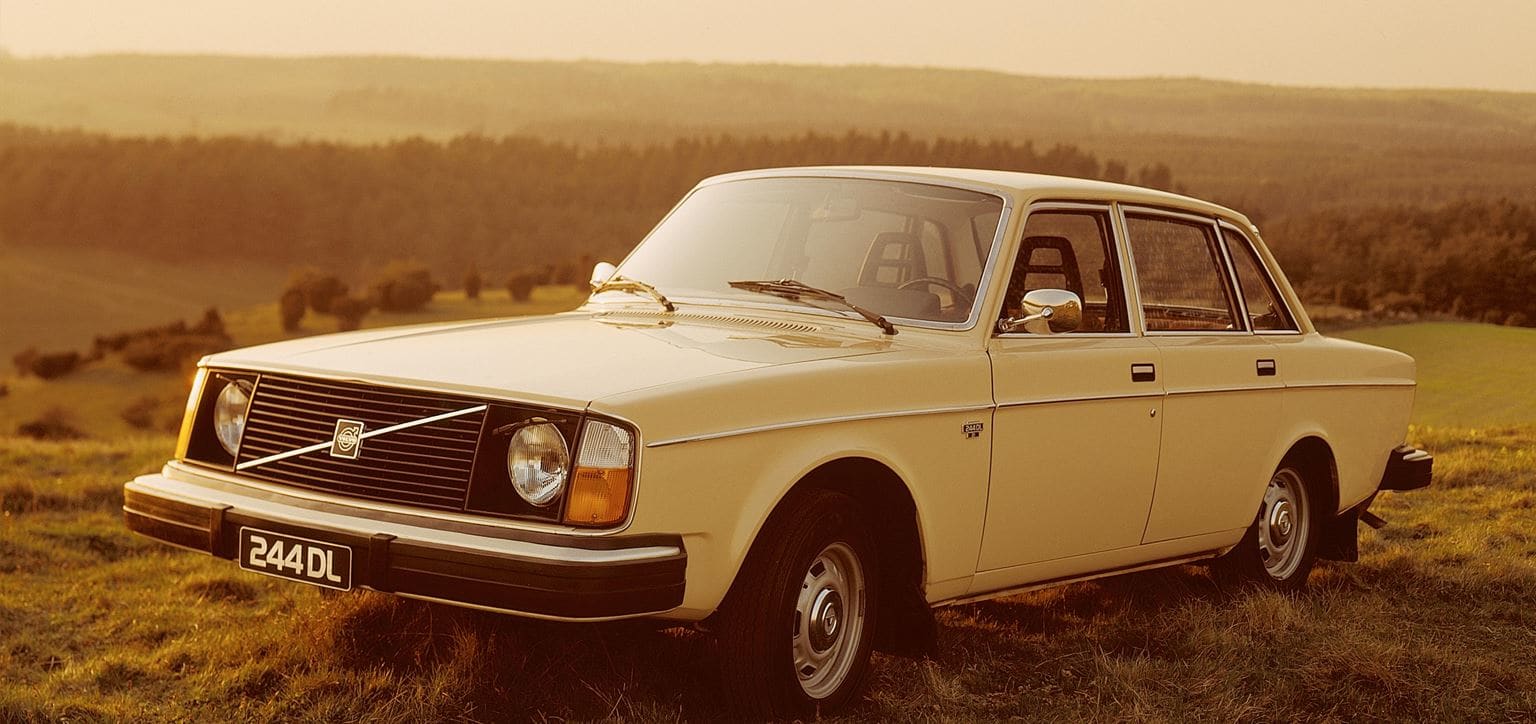
In general, the four-door sedan is the most common 240, followed by the wagon and then the two-door. From a trim perspective, these Volvos can be found in DL, GL, GLT, GT, and Turbo models. The first three of these appellations refer to interior luxury and features (in ascending order of plushness), and the latter two were intended as sporting models. An SE was briefly offered in the U.S. for 1991.
The Volvo DL and GL were available every single year of the 240’s existence, while the GLT was sold exclusively from 1981 to 1982 and combined both luxury and handling upgrades such as thicker anti-sway bars and larger wheels. Other limited run trims included the Diesel (1981-1985), which offered GL-levels of gear, the Turbo (1981-1985), which matched the GLT in terms of equipment, and the GT (1978-1980), which was available exclusively as a two-door and is easy to spot due to its in-grille fog lights and flat hood (and, in some cases, racing stripes). The GT was a precursor to the GLT, and had the same performance-orientation in terms of chassis upgrades. Single-year trims include the SE (1991), which was essentially a GLT by another name, and the Classic (1993), a high spec model that came with a unique serial number to denote the last 1600 or so 240s to roll off the production line.
There is also, of course, the unique Volvo 262C Bertone. The ‘C’ denotes ‘coupe,’ rather than two-door sedan, and the car’s chopped-top looks stem from the interventions of the Bertone design studio in Italy, which actually built the model. Intended to crack the luxury market for Volvo for the very first time, the 262C was offered from 1978 to 1981. Roughly 3300 examples made it to America.
How to identify a Volvo 240
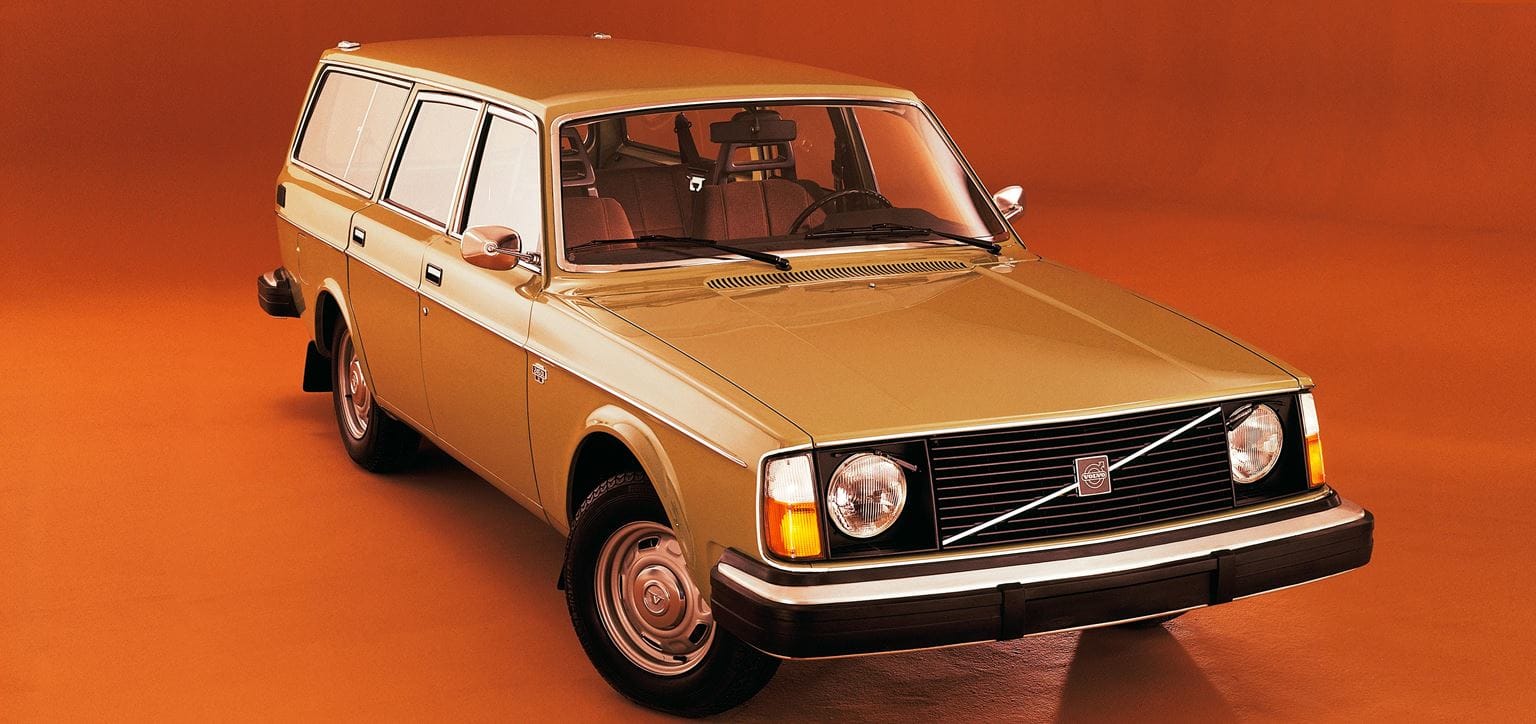
Identifying a given Volvo 240 is most easily accomplished by way of the VIN plate, which can be found under the passenger side strut mount under the hood. From 1975 to 1979 the VIN is a 13-digit alphanumeric that starts with the model type and body style (24 for 240s, 26 for 260s, followed by either a 2, 4, or 5), continues with a two-digit engine type (15 for the B20F and 45 for the B21 four-cylinders, 65 for the B27F V6), followed by the letter B, E, H, L, or M to indicate the year (1975-1979, respectively), then a single digit to denote which factory it was built in (0=Kalmar, 1=Gothenburg, 2=Ghent, 3=Canada), and then finally a unique six-digit serial number.
This plate also contains other information of interest to potential Volvo buyers, such as the color code (a two-digit to three-digit number ranging from 19 to 606), the upholstery code (an ever-shifting number that in some cases changed from year to year), and something called the “market type.” Market type is similar to the VIN, but provides extra details about the specific vehicle and is 12 digits long. As with the VIN, the first three numbers detail the model and body style, followed by the engine type (4 for the B21 four-cylinder engine, 6 for the B27 V6), fuel system (1 for carbureted, 5 for fuel injected), emissions (1, 2, 3, 5, or 9, with the first three describing the specific EGR type, 5 denoting an air pump, and 9 specifying a catalytic converter), sales model, or trim level (2=DL, 3=GL, 5=GT, 7=C), sunroof status (3 for no, 4 for yes), transmission type (1 for four-speed manual, 2 for same with overdrive, 6 for Aisin-Warner auto, 8 for Borg-Warner auto), a 1 to indicate LHD, and finally market (30 for USA, 31 for California).
The VIN plate would completely change its format and visual presentation from 1980 onwards. An additional four digits were added to the VIN itself, which now began with YV1 to indicate the manufacturer (Volvo), followed by a letter A to represent 240 or B to denote 260. The next alpha described the vehicle’s safety systems (A for airbag, X for mechanical belt, S for sedan with airbag, W for wagon with airbag, T for sedan with mechanical belt), followed by a two-digit engine code (4-cylinders: 45 for B21F, 47 for B21FT, 88 for B23F for 83-94, then for B230F from 85 onwards, and 77 for the D24 diesel and 68 for the B28F V6), a 2, 4, or 5 to denote the number of doors, a checksum digit, a letter to represent the model year (A for 1980 through P for 1993), and finally a single character for the factory (0,1,7,A for Sweden, 2 for Belgium, 3 for Canada, 4 for Thailand, 5 for Malaysia, 6 for Indonesia, and D for Italy), followed by a five-digit serial number.
Paint code and upholstery code would remain prominent on the plate, while “market code” would replace market type and simplify to 30 for USA and 31 for Canada.
Fond of fours

Remember all of those confusing engine codes that were just listed as part of the VIN breakdown? Here’s the skinny.
Volvo was remarkably consistent when equipping the 240, sticking largely to a close-knit family of four-cylinder motors that were complemented by the rare six-cylinder diesel and the V-6 offered for the 260.
The most common early Volvo 240 mill is the B21F, a 2.1-liter unit that first appeared in 1976 to supplant the original 98 horsepower B20 that had served as the lead-in motor carried over from the 140. Also known as the “Redblock” due to the corporate paint scheme many of the engines carried, the B21F hovered around the 100 horsepower / 115 lb-ft of torque mark—perhaps unsurprising, given that the “F” denoted a low-compression version built specifically for America. In 1983 the B21F would be supplanted by the 2.3-liter B23F, which would top out at 114 horsepower and 136 lb-ft of torque by 1984, and can be quickly differentiated from its smaller sibling by the presence of water plugs on both sides of the block, as opposed to one.
A turbocharged version of the B21, known as the B21FT, would be introduced in 1981, and bumped output up by 25 horses while also delivering a healthy 150 lb-ft of torque—big numbers for a four-cylinder in an era where domestic V-8 engines were struggling to match. The addition of an intercooler would eventually push the B21FT to 162 horsepower and 181 lb-ft of twist by 1985, the last year of its production (with non-intercooled models offering 30 horses less). Some Volvo dealers offered a retrofit kit to add the intercooler system to older turbocharged models, which could explain an unusual or unexpected find in the engine bay.


A wholesale change under the hood would occur in 1985 when the B230F appeared on the scene. This was the engine that would carry the 240 for the rest of its days, and while it might not have had the glamour of the turbocharged model, by 1986 it was the only option on the 240. At its core a redesign of the B23 that added longer rods, an improved crankshaft, and less overall internal friction, a series of running upgrades would be made to the motor that would see it nevertheless maintain a steady 114 horsepower and 136 lb-ft throughout its lifetime.
“Volvo didn’t make a bad engine, ever,” explains Jared Lohnes of IPD, the premier Volvo parts and performance specialist in America. “But one thing to keep in mind is that pre-’87 cars had a disintegrating wiring harness, so to speak, so that’s something you need to check out before buying. Make sure it’s not crunchy, because it can cause all sorts of weird electrical gremlins under the hood. The chassis harness is fine, but under the hood it got hot, and Volvo was forced to deal with the issue by engineering a new harness for these later-model cars.”
The reason for the Volvo 240’s diminishing drivetrain choices—not to mention the sad end to the turbo model—came down to the company’s desire to promote the 700 series. Originally intended as a replacement for the 240, Volvo was shocked by how strong sales of its older model remained, and so kept the two cars side-by-side in the showroom for almost a decade longer than intended. The net effect, however, was to deflect development dollars over to the 700 and, later, the 900, which meant the turbo had found a new platform to play with.
The outlier engines for the 200 series include the D24 diesel, a VW-designed six-cylinder that was sold under both the 240 and 260 nomenclature, and which produced less than 80 horsepower and a paltry 102 lb-ft of torque. It was available from 1981 to 1985. The early 260’s V-6 (the B27F) was a 2.7-liter motor that delivered 127 horsepower ad 146 lb-ft of twist, numbers that would be upgraded by three horsepower and 13 lb-ft when the 2.8-liter B28G appeared on the scene in 1980 with three additional main bearings and a higher compression ratio.
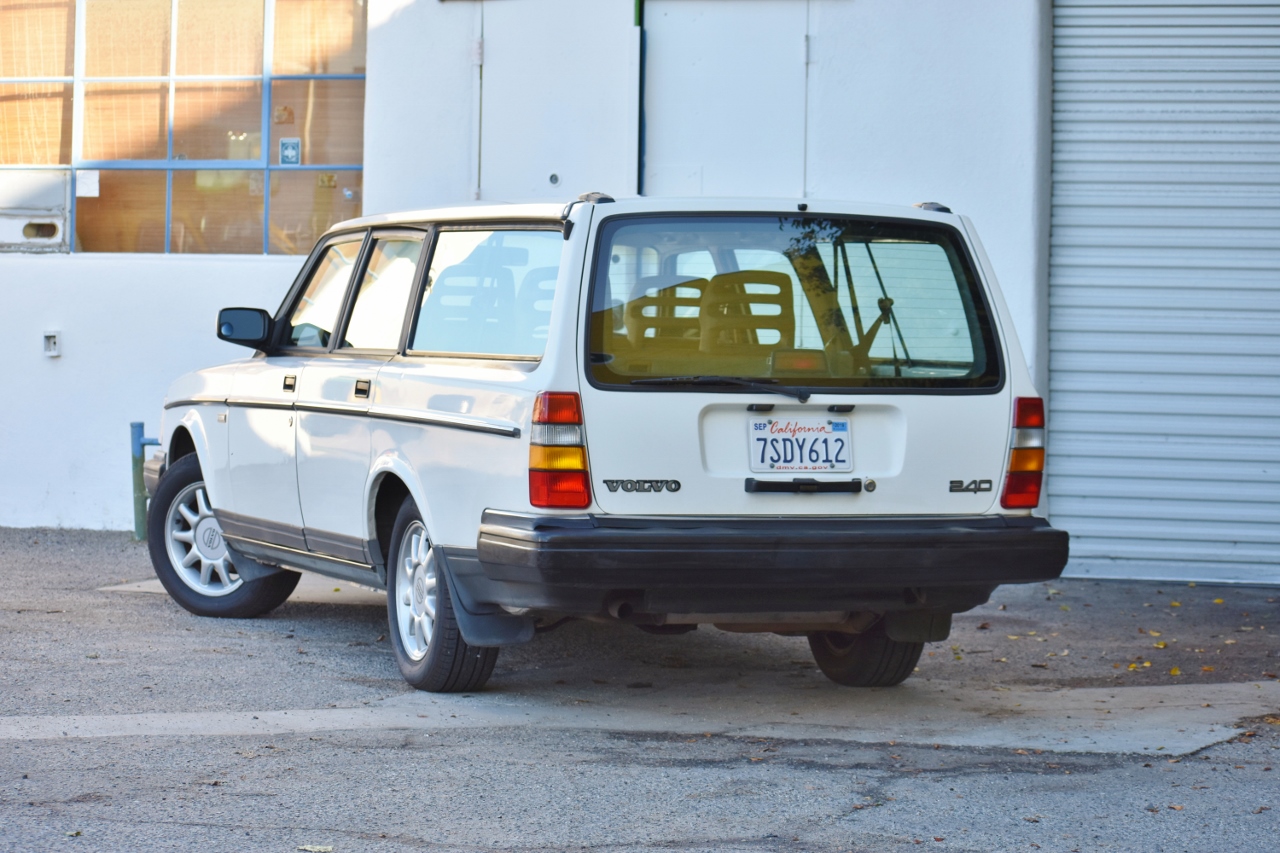
Transmission choices for the car included four and five-speed manuals (1987-onwards for the latter), as well as three and four-speed automatics. Stick-equipped cars are much livelier than their auto brethren, especially in turbo form.
“Some parts, like oil pans, are getting harder to find, in the sense that dealerships aren’t stocking them anymore, and it can take quite a while to get one shipped from the Volvo mothership,” says Uptown Autosport’s Lordan Pavlovich, a shop with deep roots in the Volvo rally and performance scene (and also associated with two major Canadian Volvo dealerships). “It’s hit or miss in terms of what’s being reproduced from a parts perspective.”
Lohnes agrees:
“Volvo essentially outsources parts management for any vehicle more than 20 years old to a separate division called Genuine Classic Parts. GCP doesn’t just carry new old stock, but it also has permission to reproduce certain components, which are subject to the same quality controls as a new Volvo part would have been. Some stuff is fortunately readily available. You can actually buy a brand new fuel tank for the 240, not one that’s been sitting on a shelf but one that was actually built in the last six months.”
Box it up
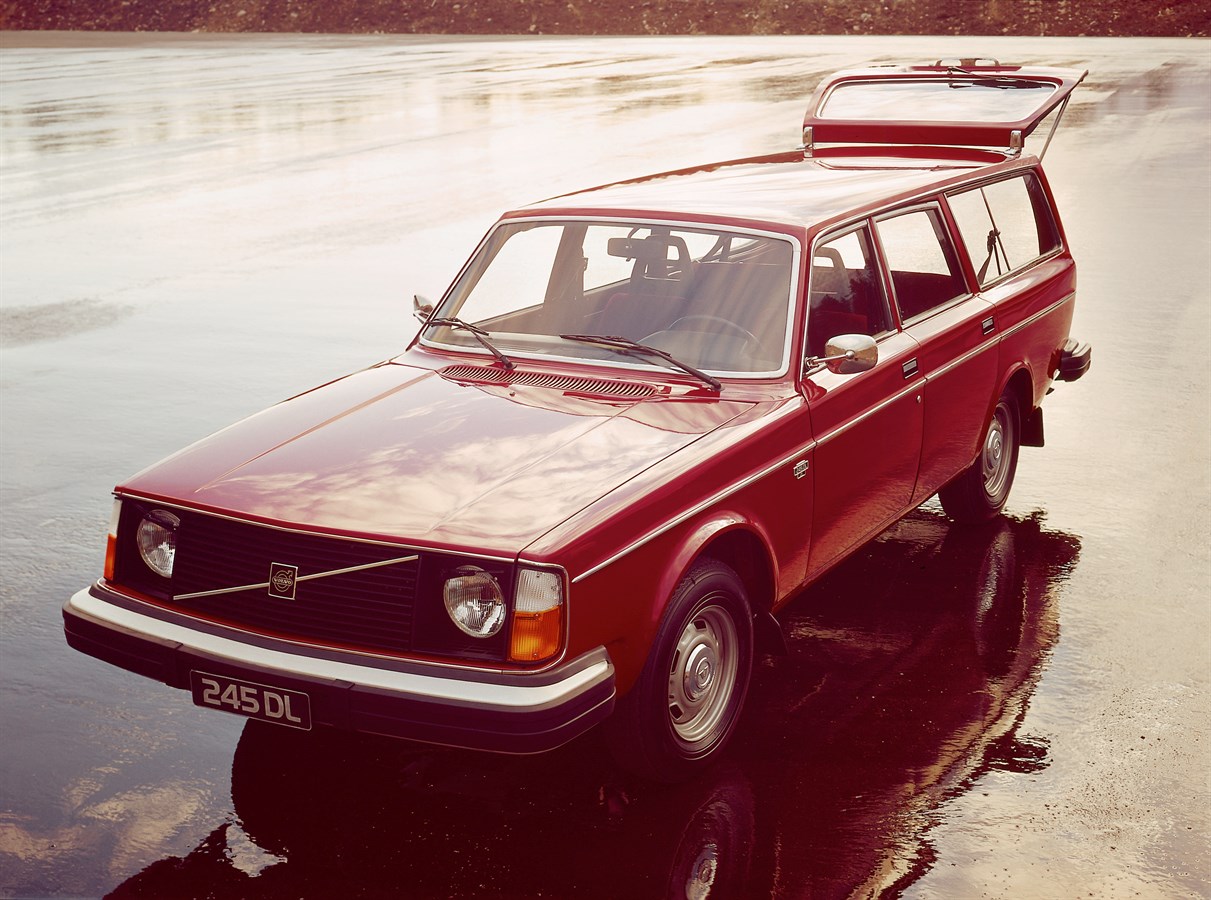
Although the Volvo 240 platform remained largely the same throughout its entire lifespan, there were a number of styling changes that took place that make it easy to identify more modern examples as compared to their predecessors.
After a series of small, incremental changes to exterior trim and interior furnishings, the first big update to the 240 occurred in 1979, with a move to quad headlights replacing the original double units. The headlights were pushed forward to meet the grille and the leading edge of the hood, and they were joined by a tail light update that wrapped around the side of the rear fender instead of sitting completely on the vertical deck. A curved rear trunk lid replaced the older flat-style model, too.
Not all 240 trim levels would see these changes trickle down until 1981, at which point round headlights had been completely phased out in favor of the rectangular units, still two on each side. Note that the 260 went to the four round headlights as early as 1976, and adopted the four squares starting in 1978, depending on model. Taillights were also in near-constant flux, with wagons and sedans offering near-continual updates (and often out of sync) from introduction until 1985. Changes in the size of the tail light area are the most common differentiators.
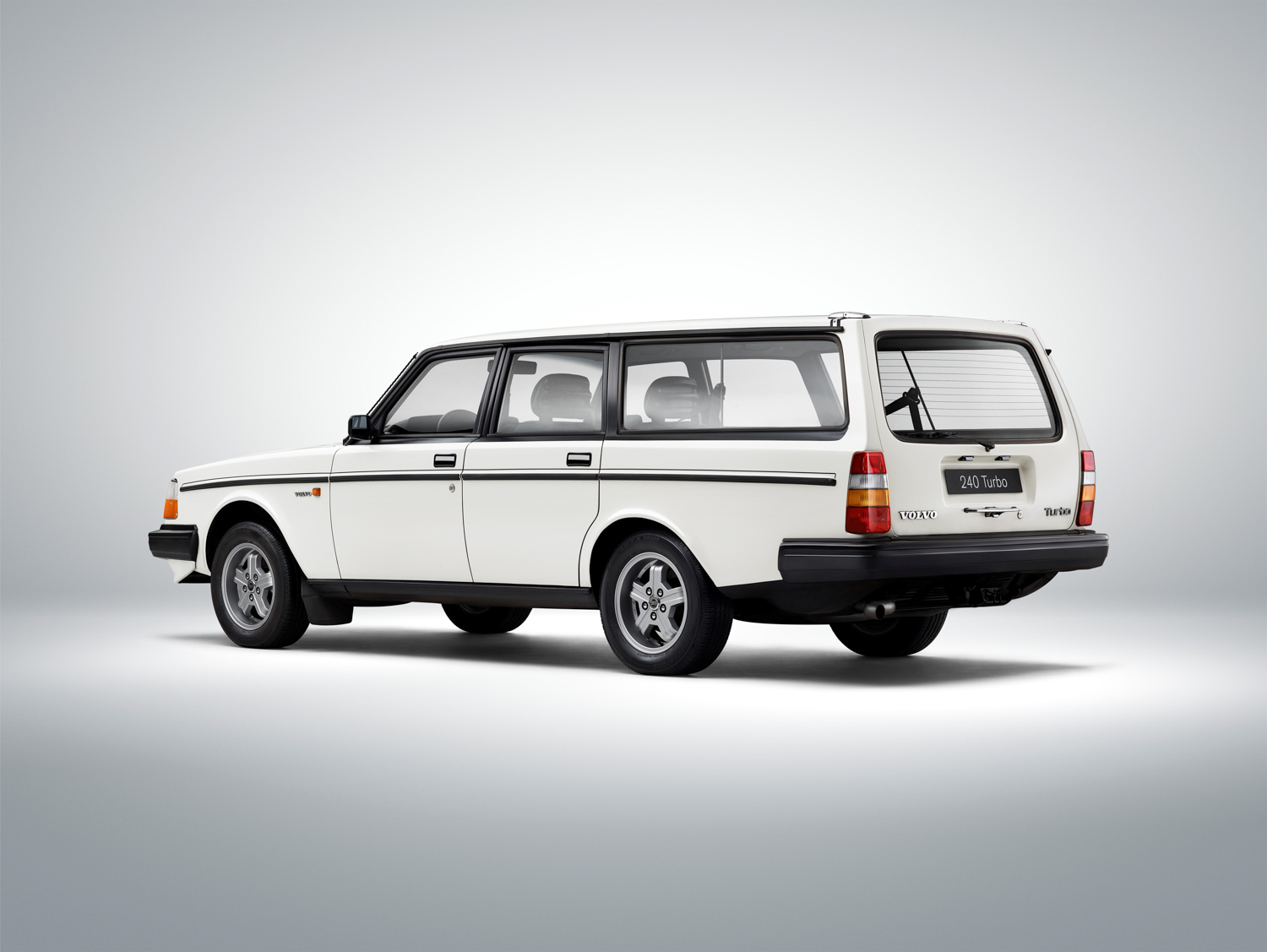
The last significant restyling of the 240 took place for the 1986 model year, when the larger one-per-side rectangular headlights became the norm, a new grille replaced the previous 1982 update, turn signals shrank, fenders were altered, and the interior reconfigured. A set of plastic mud flaps were also molded into the rear wheel well.
As with any older car, even one designed to withstand the Scandinavian winter, rust is an issue for the 240, but typically only on eastern and northern cars that have seen salt. Early cars suffer the most, especially where the front fenders meet the headlights, and on the wheel arches themselves.
“The later cars aren’t prone to rust, but if they are starting to corrode it can become quite expensive to repair,” says Pavlovich. “If we discover subframe and frame rail rust during an inspection, that’s typically when we tell a prospective buyer that it’s time to walk away and find something cleaner as the basis for their project.”
More repairable rust, he explains, is usually found on the bottoms of the doors (usually due to Volvo’s partial seal setup that leads to water accumulation in the presence of a blocked drain), the rocker panels underneath the doors (a three-part design that includes inner and outer layers), and occasionally on the rear tailgates.
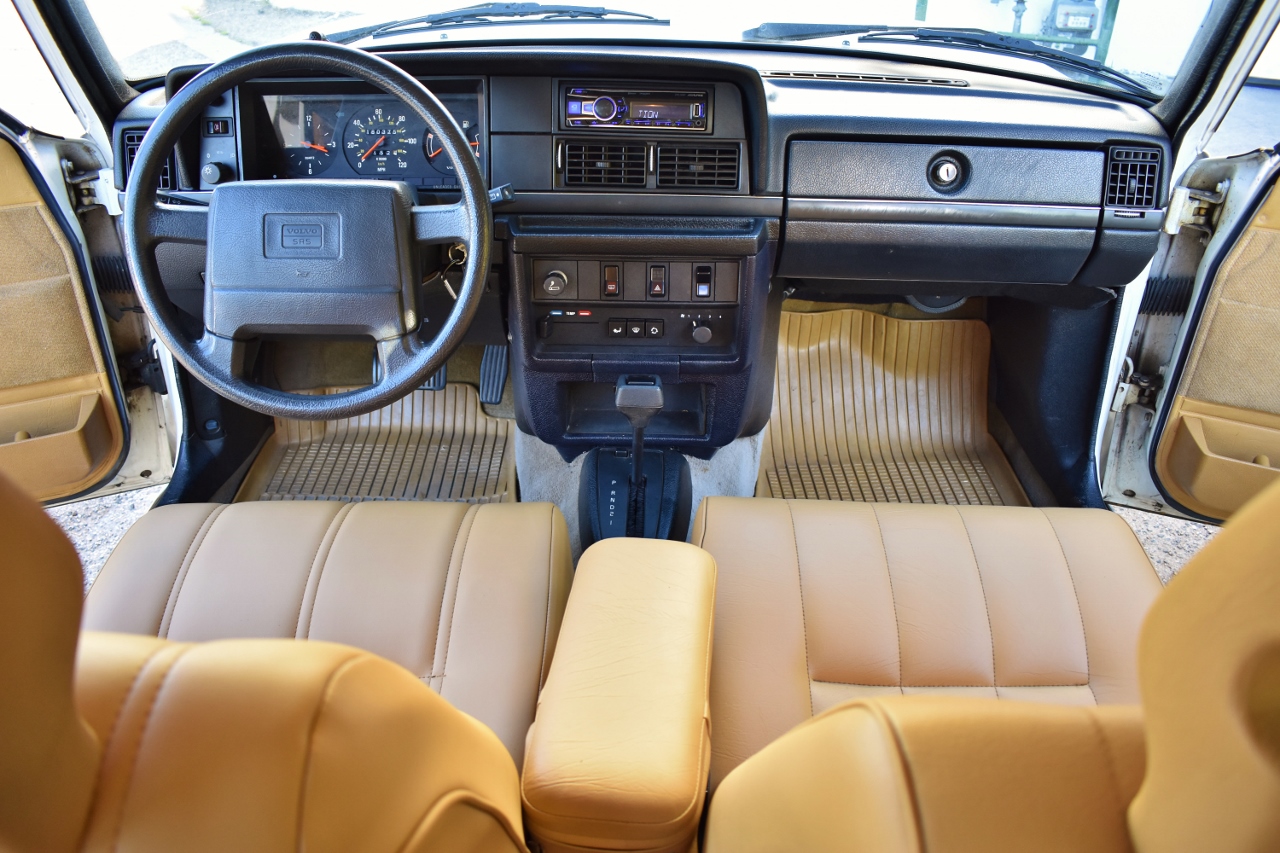
Lohnes agrees that door sills and bottoms are a typical sore spot for rust, and points to three other common problem areas with the Volvo 240’s body.
“Water collects in the spare tire wells of all models due to the trunk drain design, which in turn leads to corrosion. We also encounter a fair number of floor pans that need replacement, as well as rust around the windshields. They have a tendency to leak, which allows moisture to penetrate. You’ll see bubbling even in a relatively steel-friendly part of the country like the northwest, and given that it’s part of the unibody structure of the car it can be very difficult to repair once it’s too far gone.”
“The wiring harness for the rear wiper, the lights, and the defroster runs through the hinges on the tailgates, too,” adds Lohnes. “After 30 years of friction, it can easily break.”
Why buy?
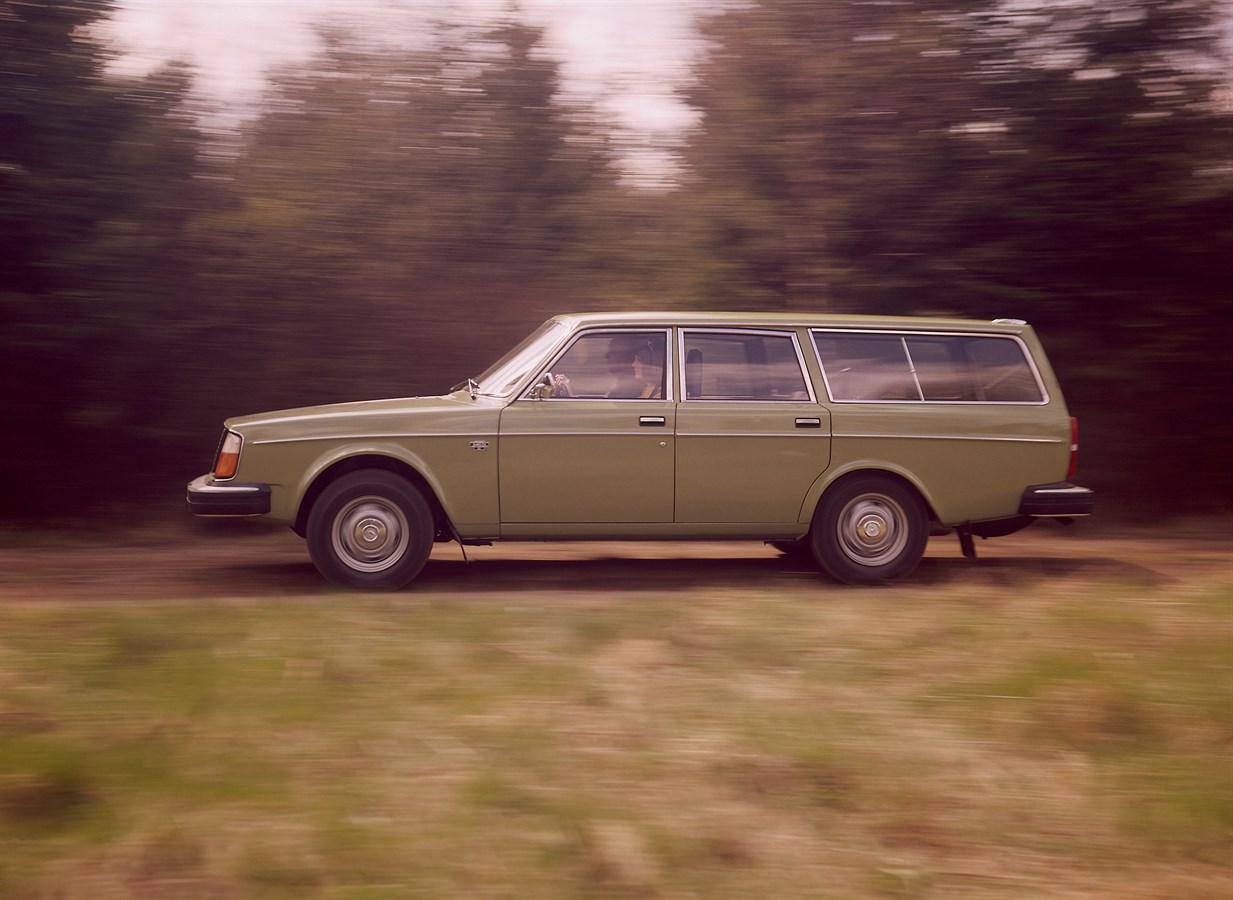
Want to own the best Volvo 240 on the market? It’s not going to set you back all that much money, as even desirable turbocharged coupes remain an affordable buy. Looking to get your feet wet with a solid driver? That’ll cost you even less.
Point being, there’s very little downside to Volvo 240 ownership. A little due diligence beforehand to establish that you’re not dealing with a rust bucket, and you’re virtually guaranteed to score a cheap-to-own classic with a gobs of personality and road presence. Sure, the 240 is a lot more tranquilized Clark Kent than Superman, in terms of both looks and performance, but that’s part of its charm. And also a major reason why this beginner-friendly classic is comfortably within almost anyone’s budget. Like Huey Lewis said—it’s hip to be square.











Combien peu avoir une Volvo 240 DL 1989 de 56798km qui n’a jamais sorti l’hiver toujours entreposer entre le 01 novembre au 01mai de chaque année depuis son achat en 1989
Votre Volvo est-elle à vendre?
Wow